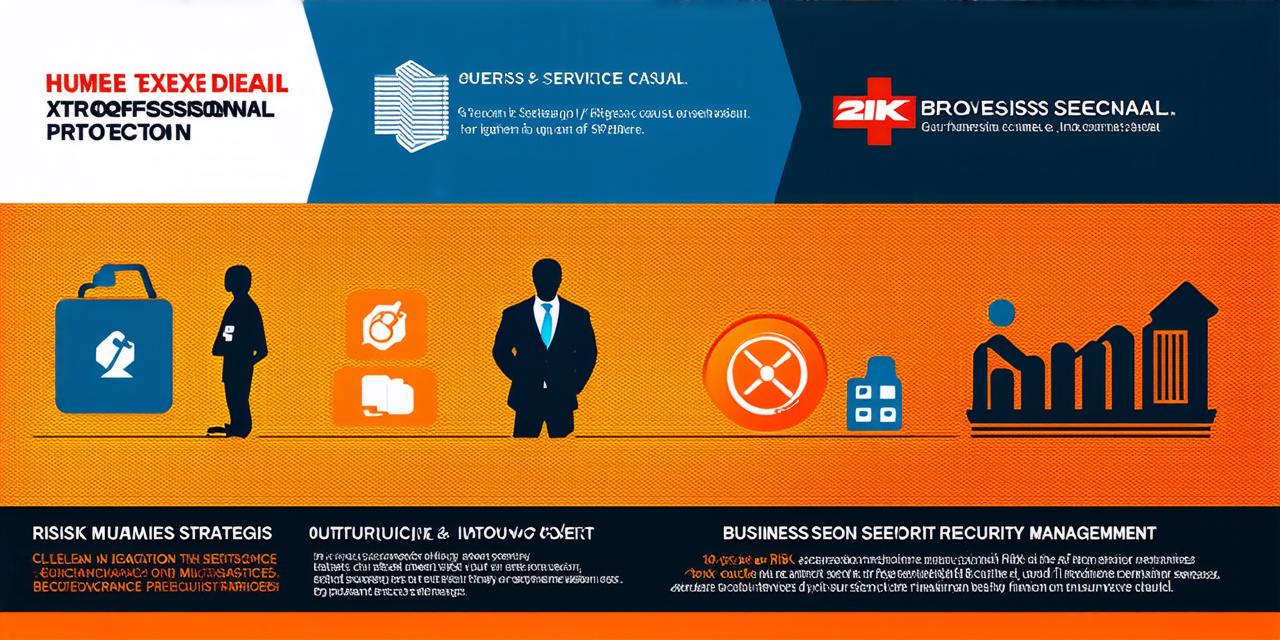Which risk mitigation strategies include outsourcing services and purchasing insurance
BlogRisk management is an essential part of any business operation. It involves identifying potential risks and implementing strategies to mitigate or eliminate them. Two common risk mitigation strategies are outsourcing services and purchasing insurance. In this article, we will explore the benefits of both approaches and provide examples of how they can be used effectively in various industries.
Table of Contents
ToggleOutsourcing Services
Outsourcing involves contracting with an external provider to perform a specific task or set of tasks. This can range from customer service and IT support to manufacturing and logistics. Outsourcing can be beneficial for several reasons:
-
Cost Savings: Outsourcing services can help businesses reduce costs by leveraging the expertise and resources of an external provider. By outsourcing certain tasks, companies can avoid the costs associated with hiring and training their own staff, as well as the expenses related to maintaining their own infrastructure.
-
Access to Expertise: Outsourcing services can also provide access to specialized expertise that may not be available in-house. For example, a company that lacks experience in a particular industry or technology can outsource projects to experts in those areas.
-
Flexibility: Outsourcing services can offer greater flexibility in terms of resource allocation and project management. Companies can adjust their outsourcing arrangements as needed, based on changing business requirements and priorities.
Case Study: XYZ Company
XYZ Company is a manufacturing firm that specializes in producing complex machinery for the automotive industry. The company had been operating its own IT department but found that it was struggling to keep up with the rapid pace of technological change. They decided to outsource their IT services to a specialized provider, which allowed them to access cutting-edge technology and expertise without the need to hire additional staff or invest in expensive hardware. As a result, XYZ Company was able to streamline its operations and improve its bottom line.
Purchasing Insurance
Insurance is another important risk mitigation strategy that can help protect businesses from potential losses. There are several types of insurance available, including liability, property, and workers’ compensation. Each type provides coverage for different types of risks.

-
Liability Insurance: Liability insurance protects against claims arising from injuries or damages caused by the policyholder. This can include accidents involving customers, employees, or other third parties.
-
Property Insurance: Property insurance covers losses resulting from damage to physical assets such as buildings, equipment, and inventory.
-
Workers’ Compensation Insurance: Workers’ compensation insurance provides coverage for medical expenses and lost wages in the event of an employee injury.
Case Study: ABC Corporation
ABC Corporation is a construction firm that operates across multiple states. The company had been self-insuring its workers’ compensation claims but found that it was becoming increasingly expensive and time-consuming. They decided to purchase workers’ compensation insurance, which provided them with more comprehensive coverage at a lower cost. As a result, ABC Corporation was able to reduce its administrative burden and focus on its core business operations.
Comparison of Outsourcing Services vs. Purchasing Insurance
While both outsourcing services and purchasing insurance are effective risk mitigation strategies, they differ in their approach and benefits.
Outsourcing services are best suited for businesses that require specialized expertise or need to reduce costs by leveraging the resources of an external provider. This approach can be particularly beneficial for small and medium-sized enterprises (SMEs) that may not have the resources to hire and train their own staff or invest in expensive infrastructure.
Purchasing insurance, on the other hand, is best suited for businesses that want to protect against potential losses arising from specific types of risks such as property damage or workers’ compensation claims. This approach can be particularly beneficial for larger organizations that may face more significant financial risks and regulatory requirements.
